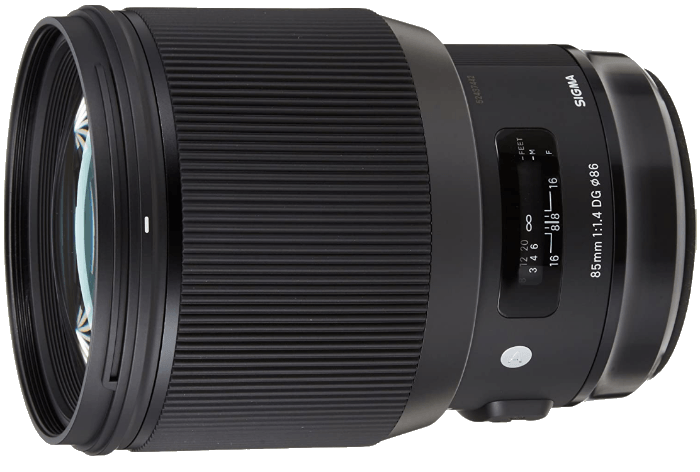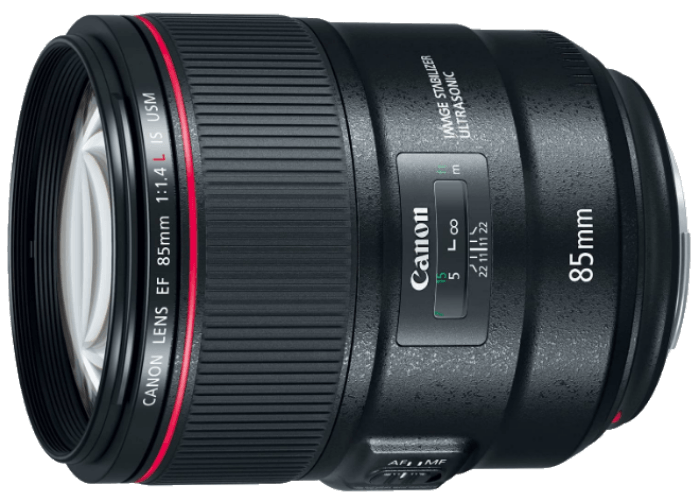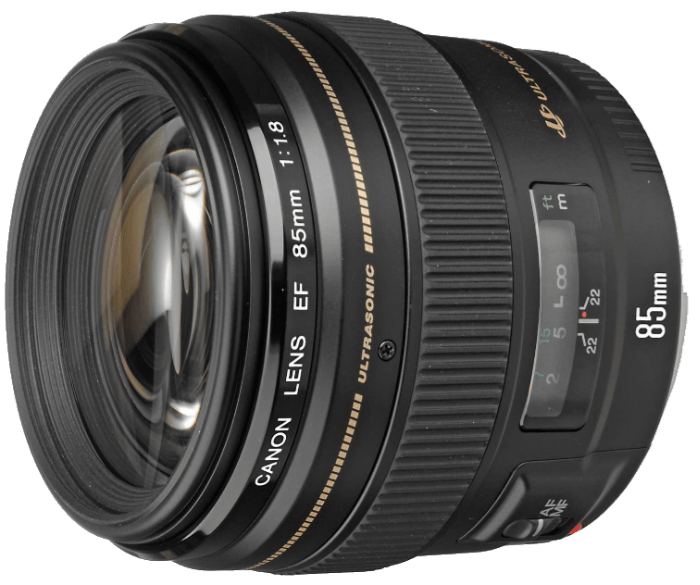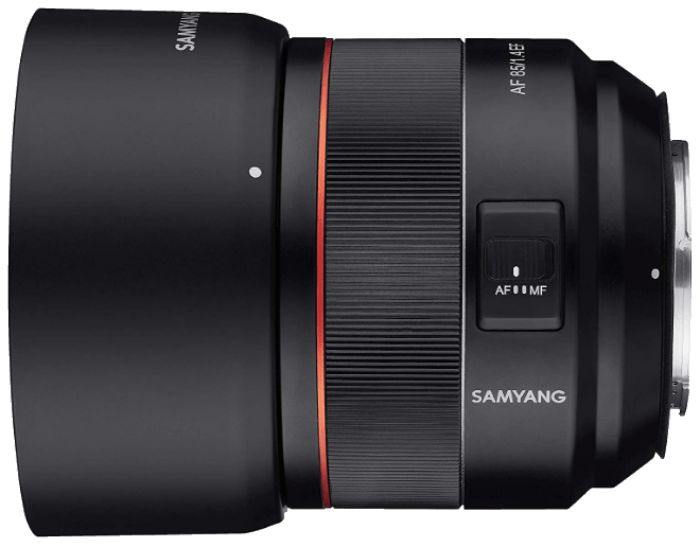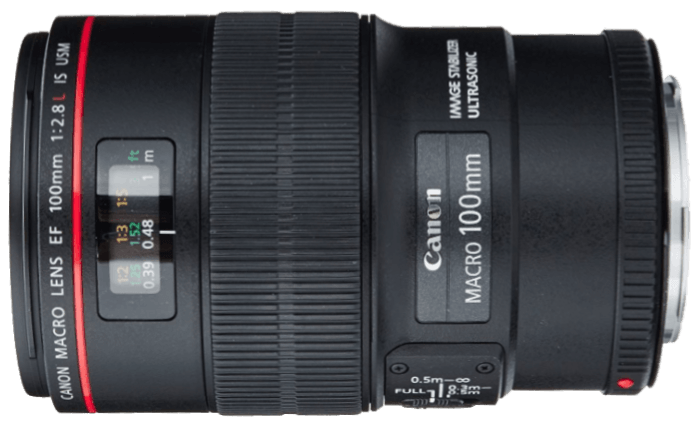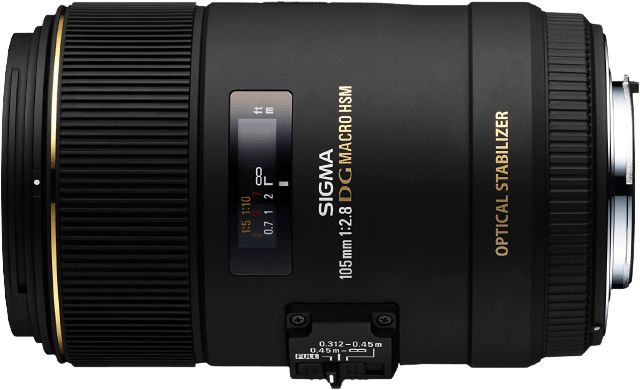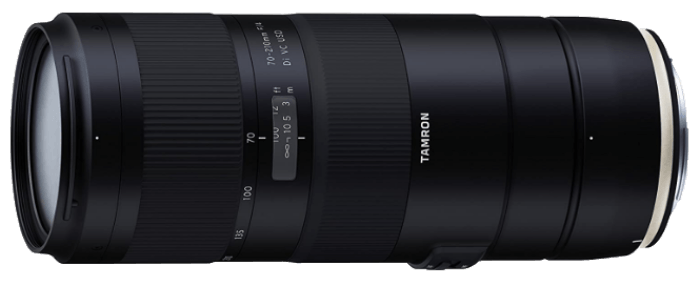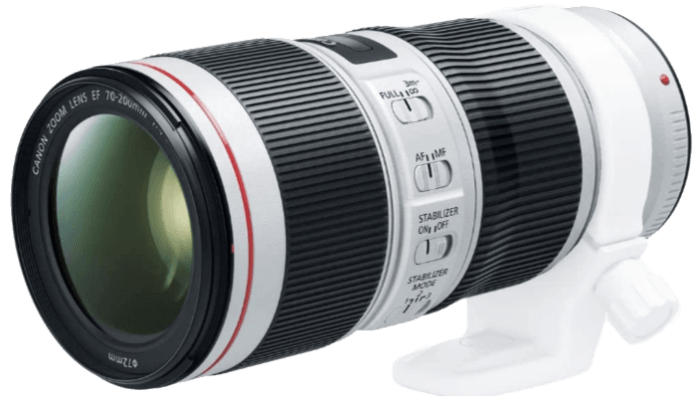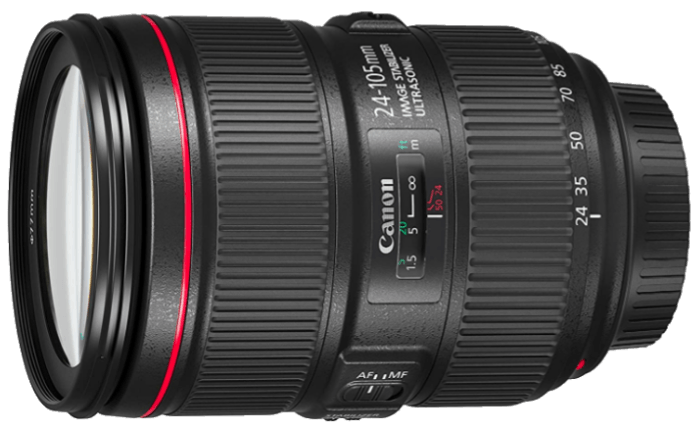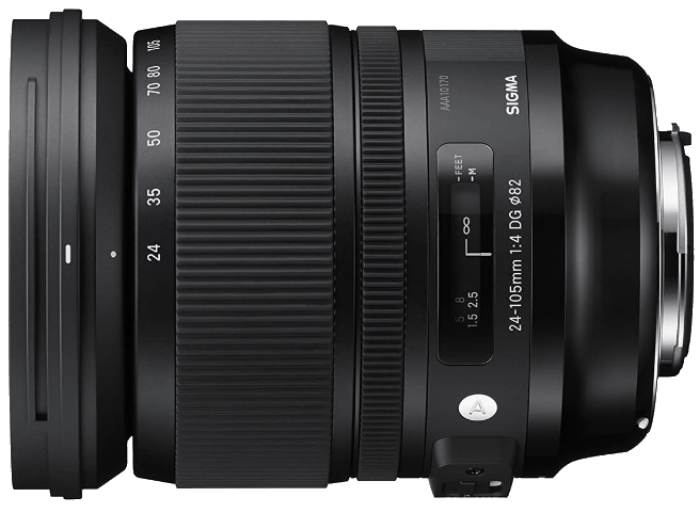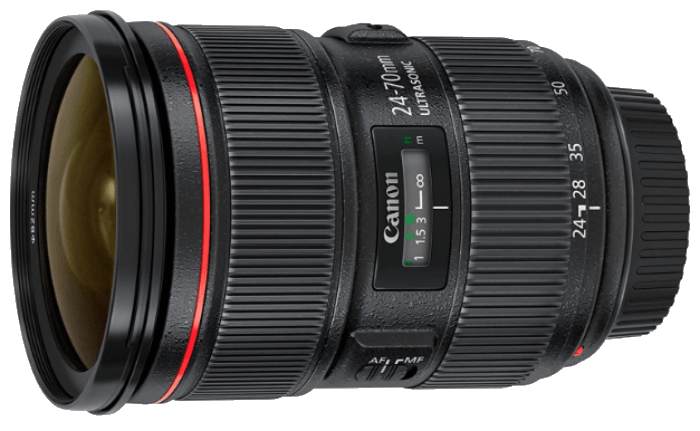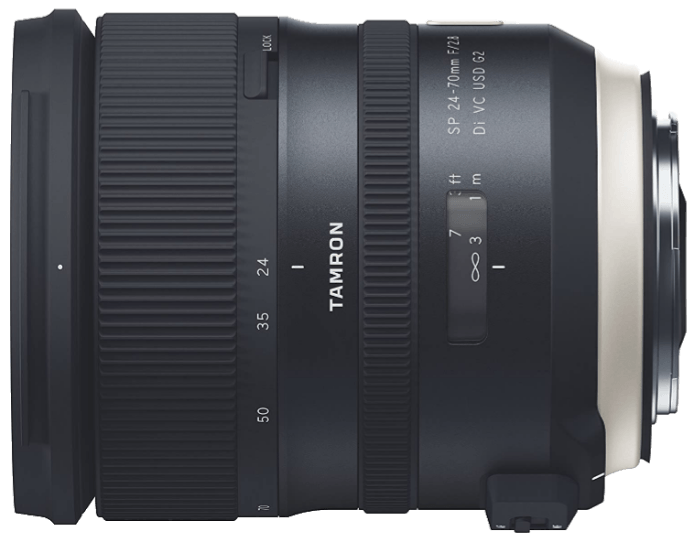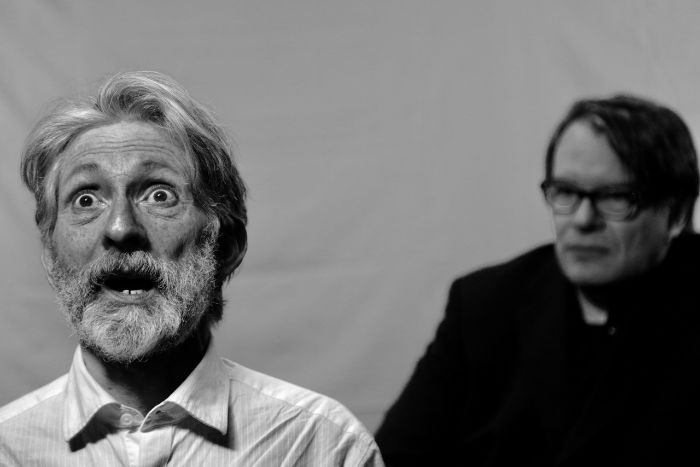Our top pick has a super fast f/1.4 maximum aperture, Special Low Dispersion glass, and is weather sealed for everyday pro use. [Note: ExpertPhotography is supported by readers. Product links on ExpertPhotography are referral links. If you use one of these and buy something, we make a little bit of money. Need more info? See how it all works here.] This review will cover prime lenses first, and then consider zoom lenses that will also serve you well as a portrait lens. By the end of this article, you will know what is the best Canon lens for portraits that meets your budget and circumstances.
The Best Canon Lenses for Portraits Ranked
Before we look at the lenses in detail, here is a summary of all our recommendations. Now, starting with primes lenses, let’s look at the lenses in more detail.
What is the Best Prime Canon Portrait Lens?
Sigma Art lenses have a deserved reputation for great image quality. Aimed at the professional, Sigma Art lenses deliver sharp, true images. And the Sigma 85mm 1.4 DG HSM is no exception. Fourteen elements in twelve groups include an aspherical lens. And it has two elements made from Special Low Dispersion (SLD) glass. This is Sigma’s own technology that is designed to reduce flare. The AF motor is a Hypersonic Motor—the “HSM” in the name—which has proved to be quick and quiet in operation. Like the L Series of Canon portrait lenses, Sigma Art lenses are designed to withstand dust and moisture. This lens will provide outstanding image quality at a lower price than the Canon portrait lens. I have a friend whose wedding and portrait photography is breathtaking. And she uses nothing but Sigma Art lenses on a Canon body. You’ll get great results from the Canon EF 85mm in a whole range of situations. Image quality is reliable across the aperture range. It is, without a doubt, one of the best Canon portrait lenses. Canon portrait lenses are fairly rare. The L series of Canon lenses are not for the financially faint of heart. They are built for daily professional use. They feature dust and moisture resistance and have an impressive build quality. The 1.4L was the first 85mm focal length Canon portrait lens to use image stabilization. This is rated at four stops and will help in many natural light shoots. It can’t (of course) stop your subject from moving. The nine-bladed iris makes attractive sun stars from bright points of light. It also means the lens produces smooth bokeh when stopped down. Canon’s Ultrasonic Motor (USM) means whisper-quiet focusing. It’s renowned for its speed and accuracy. From a professional lens, you would expect glass elements. The Canon uses a molded glass aspherical lens with 14 elements in 10 groups. The front element has a fluorine coating to repel moisture and oil, which reduces smudging. This is a non-L Series lens. It won’t look as impressive on your camera and doesn’t offer the same level of environmental sealing. But the EF 85mm f/1.8 USM does offer nine elements in seven groups and a USM. Bokeh will be affected slightly by the eight diaphragm blades. However, at the full range of apertures, it’s pretty good. Wide open, it’s a thing of beauty. The plastic lens body is not as robust, but it is light. At about 1/3 the cost of the L Series lens, this is still quite a lot of money. But it will repay the investment with great image quality and accurate rendition. It is notable for its lack of spherical aberration and pin-sharp focus. It may not be the best Canon portrait lens, but it’s great value for money. At a similar price to the previous Canon portrait lens, the Rokinon AF 85mm boasts a nine-blade iris and weather sealing. It even looks like an L Series lens with a red ring around the body. Although it’s made of plastic, the Rokinon has a quality feel to it. Depending on where you live, this lens is branded as Samyang or Rokinon. Not a name that immediately springs to many minds. But Rokinon is building a fanbase with their well-made lenses. That’s all very well, but how does it perform? Well, focusing is quick and accurate. The manual focusing ring only works when the camera is awake. Sharpness from f/2.8 is excellent but less so up till that point. Bokeh is really impressive at all apertures, as is contrast. If anything lets the Rokinon down, it’s some pincushioning and decreased sharpness away from the center. Overall, this is a good lens with reliable image quality if portrait photography isn’t your main gig. Or if your budget is tight. As you can see, there’s a fairly limited range of 85mm prime Canon portrait lenses. To expand the options a little, we’ll look at a couple of longer focal length lenses before we move on to zoom lenses. As the name tells us, this Canon EF 100mm is also a macro lens. Some argue that a 100mm focal length is a little short for macro. But this lens at least opens up some possibilities for you. It’s also a decent length for portraits. You’d need a pretty big studio to use it. But if you’re shooting outdoors, that’s not such a problem. Nine blades on the iris mean that down to f/5.6, the aperture is round. Even after that, it’s pleasingly smooth. The lens contains 15 elements in 12 groups. Image stabilization and a USM make this a well-specced lens. The bokeh produced by those nine blades is excellent across the aperture range. Sharpness is also excellent, with some falling off at the edges when it’s wide open. The image stabilization will help to reduce camera shake and motion blur. The build quality is excellent, as you’d expect from an L Series lens. It is a little off-putting that the body is plastic. I feel the same about my L Series 16-24mm lens. It somehow seems wrong. But after shooting a wedding for 12 hours, I’m actually quite in favor of plastic! This is a great lens with excellent image quality. It is useful if you want to try some macro and need a portrait lens. The image stabilization is switchable for static and panning modes and is rated for four stops. That’s very useful in an f/2.8 lens. This is a solid choice if you can cope with the 105mm focal length, especially if macro photography is appealing to you. This is about as long a focal length as you want for portrait work. The Sigma 105mm EX DG OS boasts image stabilization, a nine-blade iris, and 16 elements in 11 groups. It is not weather sealed, but that’s not surprising at this price point. The build is good. And the image quality is excellent. At wider apertures, edge definition fades away quite a bit. High f-stops are not handled as well as the Canon L Series. But this is a much cheaper lens. Now, what if you can’t devote the cash to a lens just for portrait work? Here are some suggestions for zoom lenses that will also work.
What’s the Best Zoom Lens for Portraits?
Tamron doesn’t always make it into lens recommendations. Occasionally their products offer a good blend of quality and value. But the 70-210 f/4 Di VD USD has a useful set of features. It has a constant aperture, the most popular 70-210mm focal lengths, four-stop image stabilization, and quick autofocus. The zoom range is quite large. So you have a lens where you can choose that 85/90mm focal length sweet spot for portraits. And with 4-stop image stabilization, it gives you good low-light options. And it has weather sealing. The image quality is good. But there are bound to be some shortcomings compared to a prime lens. So sharpness and distortion are good but not excellent. There are no obvious red flags or failures. What softness there is might not put you off completely for portrait work. Add to that the situations where 210mm is a good focal length and you have an overall package that is attractive for the money. Everything about the Canon EF 70-200mm f/4 is great. Weather sealing helps to protect it, and the build quality is excellent. It will work well year after year, and the focal length range gives it so many uses. You’ll see many wedding photographers using these lenses to get stunning, intimate shots without being intrusive. It will consistently deliver high-quality images. This Canon L series lens is similar to the Tamron, but it’s three times the price. However, performance is excellent all across the board. Sharpness, vignetting, and distortion are all superior to the Tamron. Bokeh is as smooth as with a specialist prime lens, and image stabilization runs to five stops. That opens up a whole lot of possibilities. It’s a pretty steep price, but it’s a versatile lens. It could be the best Canon portrait lens for you if you’re willing to spend the money. I have the Mark I version of this lens, and it is my go-to. It has some shortcomings, especially in distortion at the wide end. But you can fix this with presets, and it produces wonderful, bright, and clear images. The EF 24-205mm f/4L Mark II fixes the shortcomings and improves the strengths. For example, it has improved the coatings on some elements and a ten-blade iris. Bokeh is superb at all apertures, and sharpness is generally good. It is stronger at the shorter ranges of the zoom but never unsatisfactory. The weather sealing is what you’d expect from a professional lens. The 24-105mm focal length range is a great lens to have on your camera. A 24mm lens is probably my favorite prime lens. With this lens, I have that as well as standard, plus portrait. It’s a great performer, but pricier than some options. The Sigma 24-105mm is another one of Sigma’s Art lenses that offers very similar specs to the Canon. It has the same focal lengths and aperture. Although the main body isn’t metal, it is a composite material with a very solid feel. It helps to make the lens feel like it belongs in the professional league. Sigma’s HSM focusing is a good match for Canon’s in speed and accuracy. And the image stabilization performance is about the same. In tests, the Sigma seems sharper in the middle of the frame. But this advantage is reversed as you go to the edge and especially the corners. Pincushion and barrel distortions are broadly similar between the Sigma and the Canon. This is another lens that will give great flexibility and impressive performance. Choosing between the two 24-105mm focal length options might come down to handling and personal preference with the results. The Canon EF 24-70mm f/2.8L is a bit of an outlier. It doesn’t get up to that magic 90mm focal length figure. And it’s expensive. But it is loved by many professionals as their everyday lens. It hits the 24mm and standard lens targets, plus a little bit extra. And it does it all with a constant f/2.8 aperture. And the results it returns are excellent. They’re at least a match for equivalent prime lenses. The bokeh is consistent and smooth and works across the whole range of apertures and focal lengths. Perhaps the only shortcoming is the lack of any image stabilization. Perhaps the professional’s practiced hand and steady eye is less in need of it. But it certainly feels lacking in a lens of this quality and at this price. As a portrait lens, the argument is a tad weak, except for that exceptional clarity, smooth bokeh, and fast maximum aperture. But as an everyday lens that can take occasional portraits, it’s definitely a top contender. The Tamron SP 24-70mm offers a cheaper option as a counterpoint to the Canon. It is well-built and has fast and quiet autofocus. And it has the advantage of 5 stops of image stabilization. Images are sharp and contrasty. Three glass molded aspherical elements and a front element fluorine coating are all signs of a premium product. Bokeh is smooth and pleasing across all apertures and focal lengths. The sharpness of the images from the Tamron is exceptional. There is some vignetting on full frame, wide-open shots. There is a substantial price difference between this and the best Canon portrait lenses. A tighter budget might lead you to choose this. Or you might prefer the pictures it takes or the way it handles. Whatever the reason, it would be a sound choice for a general lens that can stand in as a portrait lens when needed.
The Art of Portrait Photography
The rather aged photo I include here is of John Botting, my form master and RE teacher at secondary school. Indulge me a moment. I showed this photo to some of my own students when I was a teacher and asked what type of man this was. “Kind, calm, gentle, educated, neat, religious” were the words they used. And they were right. That’s why portrait photography is so compelling. It reveals who we are. I have to confess that this particular portrait was illicitly snapped in class. Later ones, when he posed for me, were junk. All this is a rather long-winded way of asking the question, what is the best Canon portrait lens? Despite my lucky shot with JB, portraits usually need some care. And having the right equipment, including a portrait lens, really helps. As a quick clarification, this review covers Canon portrait lenses with an EF-mount. They will fit directly into an APS-C Canon EF-S mount. With an adapter, they will also fit a Canon M-mount camera. In both these cases, you will need to apply a crop factor of 1.6 to get the effective focal length.
What Type of Lens is Best for Shooting Portraits?
Conventional wisdom says that a portrait lens should have a focal length of 90mm. Perhaps 100mm. Conventional wisdom has said a lot of things over the years. However, this idea is rooted in some realities that have not changed.
Focal Length
The human nose, even in its cutest form, can be a problem for portrait photographers. Get too close with a wide-angle lens and your subject will look like they’re waiting outside your hotel room. Get too far away, however, and two things happen. First, that nose and everything else can become flat and uninteresting. And you won’t be able to maintain your witty repartee with your subject. So, a 90mm focal length portrait lens gives a pretty accurate rendition of facial features. And it keeps you close—but not too close—to your subject. So a 90mm focal length prime lens or similar would be the go-to lens for portrait photography. This was in the days when zoom lenses were pretty rare and pretty specialized. Zooming and focusing at the same time takes quite a bit of skill. So zoom lenses really only took off when autofocus became common. But who uses prime lenses these days? And if they do, why? Prime lenses tend to be lighter and have fewer distortion issues. Most importantly, they are almost always faster. Their widest aperture will be wider than a zoom lens. Many prime lenses come with image stabilization. This makes a significant difference to your shooting. All the lenses reviewed here deliver good, if not excellent, image quality.
Aperture
Remember, the wider the lens aperture, the faster the lens. A fast lens has a wide aperture. Helpfully, the size increases as the f-stop decreases. So f/2 is wider than f/5.6. (An f/2 aperture lets more light in than an f/5.6 aperture.) We call it “faster” because we can use a faster shutter and still get the same amount of light. This is important for portrait photography for several reasons. As the aperture increases, the depth of field decreases. The band of distance that is in focus becomes smaller. This is why your eyes get tired reading in low light. Your iris enlarges, the depth of field reduces, and your muscles have to hunt more often to keep the book in focus. So for portrait photography, we can exploit this. By using a wide aperture, we obtain a shallow depth of field. This helps to keep the attention on the subject. The background is out of focus and is not a distraction. It gets better. The out-of-focus background becomes a feature. “Bokeh” is a term that describes not just how out of focus the background is, but how pleasingly out of focus it is. Bokeh is influenced by the lens iris. A cheap iris, with perhaps six blades, produces very geometric patterns. I praise many of the lenses in this review for their smooth bokeh. The other factor that affects depth of field is the focal length of the lens. A telephoto lens has a shallow depth of field compared to a wide-angle lens. You can see this easily by taking pictures with a zoom lens at different focal lengths.
Last Words
If portrait photography is going to be a major focus, and you have the budget, then get a prime lens in the 85-100mm focal length range. If not, then don’t despair. An f/4 zoom lens with two stops of image stabilization is, theoretically, as fast as an f/1.4 lens. Your DSLR has ISO capability undreamed of in the days of film. So that combination of factors means you can take perfectly good portraits with today’s equipment.
Conclusion
If you have the money to invest in a portrait lens, then the Sigma 85mm f/1.4 DG HSM Art is a great choice. It’s not even the most expensive, but the results are wonderful. For me, this is a great choice that’s definitely a top contender as the best Canon lens for portraits. If you need a portrait lens that does the job well but is also good for other shots, I’d choose the Canon EF 70-200mm F/4L IS II USM. Weddings, sports, events—all of these are ideal for the 70-200. And it will give you lots of flexibility for your portrait photography.
